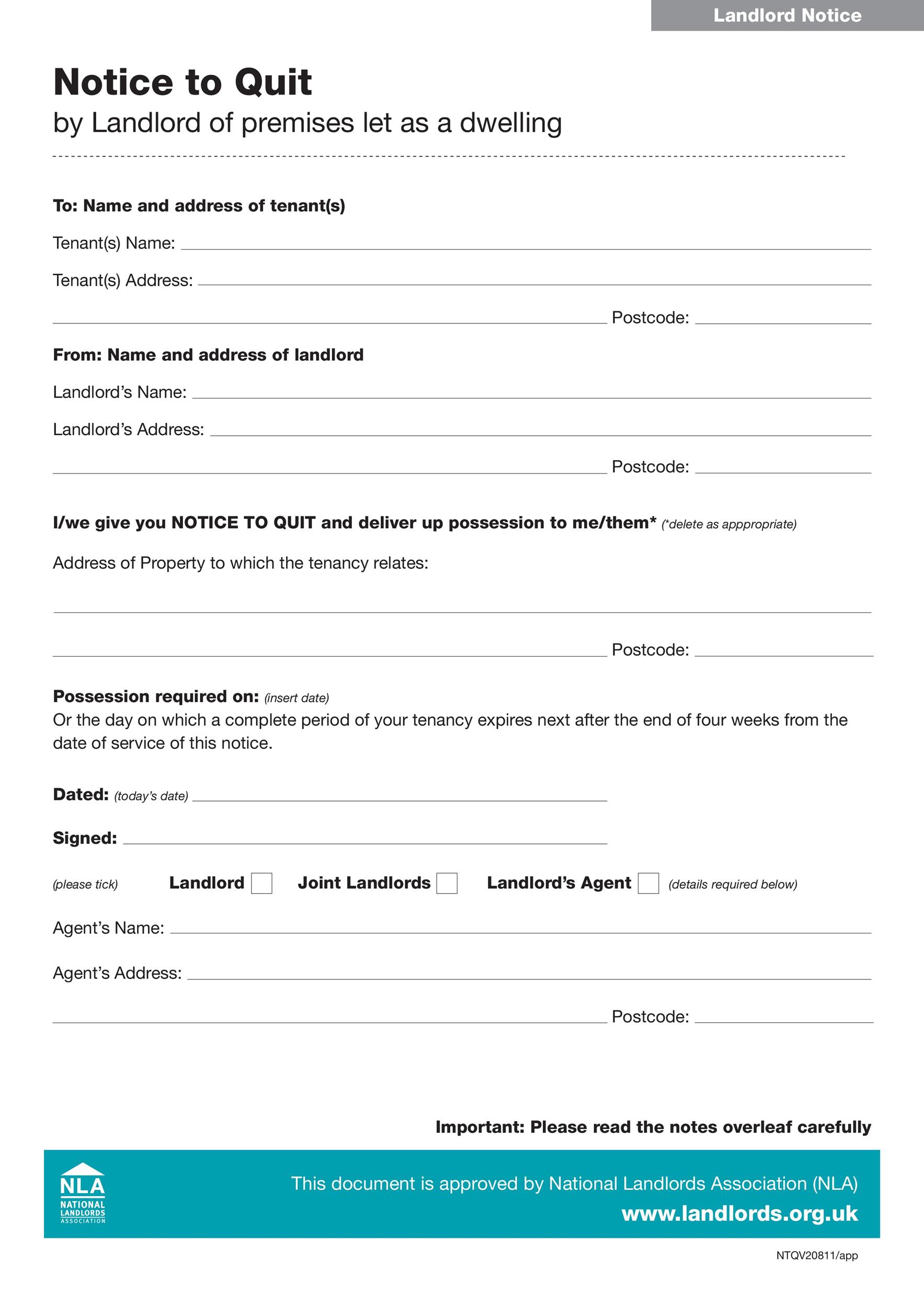

For instance, a valid defense could be that the tenant paid rent after the eviction process began and was accepted, or the landlord asked for additional damages not permitted by New York law. The tenant can contest the statements in the petition and state their defense.

Step 5: Wait for Tenant to Provide an Answer This usually includes leaving the notice at the tenant’s door or having a private or public process server serve the tenant with the papers. The landlord must legally serve the tenant with the documents. Step 4: Serves the Tenant With the Notice of Petition and Eviction Petition The court date must be between 10 and 17 after the tenant is served with these documents. The court clerk gives the landlord a court date, time, and place, which is included in the Notice of Petition. The landlord files a Petition with the district or housing court of the county where the rental unit is located. Step 3: File the Petition and Notice of Petition This notice tells the tenant when and where to come to court.Ī Petition starts the legal case and establishes the facts that give the landlord the right to evict their tenant(s). The landlord prepares the necessary Notice of Petition and Petition, citing why the landlord is evicting the tenant.Ī Notice of Petition provides written notice to a tenant that a court case has been filed. Step 2: Prepare the Necessary Legal Documents The tenant has 14 days from the date of the notice to pay the rent. If the landlord is evicting the tenant for not paying rent, the landlord must first provide a late rent notice. If the tenant doesn’t correct it, the landlord can provide a lease termination notice. If the tenant corrects it, no further action can be taken. If the eviction is due to a non-rent related lease violation, the landlord provides a notice to quit or cure, and the tenant has ten days to correct the violation.

Step 1: Provide Noticeīefore the landlord can begin the eviction process in New York, the landlord must provide notice of the non-payment of rent or lease violation. In New York, evictions are governed by Article 7, Real Property Actions & Proceedings of the Consolidated Laws of New York.
Lease Termination (Month-to-Month): 30-day § 232-A and § 232-B. Notice of Non-Compliance: 30-day § 753(4). Late or Non-Rent Payment Notice: 14-day § 711(2). If the rent is more than five days late, the landlord can charge a late fee of $50 or 5% of the monthly rent amount, whichever is less. Grace Period for Rent Payment: New York has a five-day grace period. Rent is due on the date specified in the lease, otherwise, it will be considered late. Its purpose is to inform the tenant of the action against them and give them the opportunity to present their side of the case. Summons – This document must be filed along with the complaint and served upon the tenant once a hearing date has been set. If the complaint is for reasons other than non-payment of rent, additional notices must be attached to the form to explain the landlord’s justification for the eviction. Verified Complaint– After proper notice has been given to a tenant, the landlord may pursue a formal eviction by filing a verified complaint with the court. Termination (Month-to-Month Lease): 1 month. Substantial Damage to Property: 3 Days. Non-Payment of Rent: None 1 month if landlord habitually accepted late rent. Non-Payment of Rent / Lease Violation / Disorderly Conduct. Lease Violation – If the tenant violated a particular term or condition in the rental contract it shall be stated with the right to cure or vacate within thirty (30) days.ĭisorderly Conduct – If the tenant is considered destroying the peace and quiet of other guests on the property or neighbors they shall have to vacate within three (3) days.ģ0-Day Notice to Quit (Month-to-Month Tenancy) – This form is for use in a landlord-tenant relationship, whereby one of the parties seeks to end a month-to-month lease by providing the requisite notice. If so, the notice is for thirty (30) days. Non-Payment of Rent – Action against the tenant can be brought immediately, unless the landlord has accepted rent that is late previously in the tenancy. Notice to Quit (For All Violation Types)– Check the box on the document to the violation that matches the tenant’s non-compliance: If the tenant does not fix the issue, the landlord can claim damages in the Special Civil Part Clerk Offices by filing an Unlawful Entry and Detainer lawsuit. This is most commonly for late rent but can be for any non-compliance with the lease or property rules. The landlord must detail the offense and include the number (#) of days the tenant has to correct the issue. A New Jersey eviction notice is a letter sent by a landlord seeking to inform a tenant of a lease violation.







 0 kommentar(er)
0 kommentar(er)
